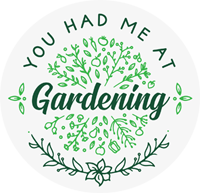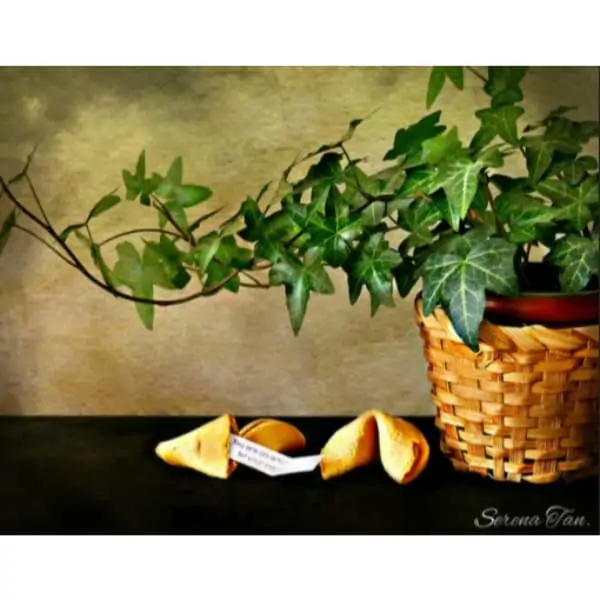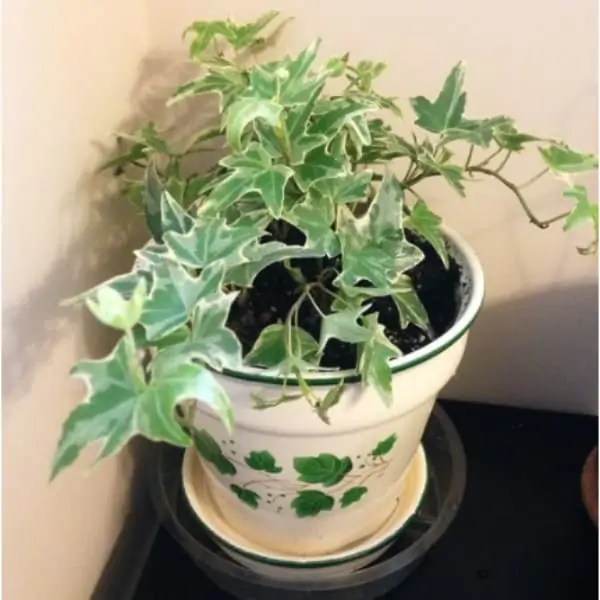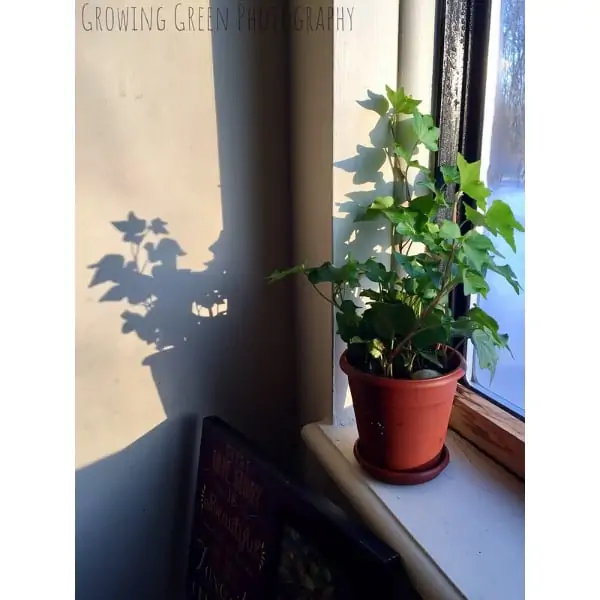English Ivy Care Tips - Easy Gardening Guide
Are you looking for a showy, easy to care for indoor plant? Have a look at this English ivy care guide and see if it is the plant for you!
English Ivy Care: The Why
We talked about English Ivy before, but here is a quick summary as to why you should have at least a pot of this plant in your house. And if you can’t grow it indoors, you can always set it loose outside, but be careful because it can become invasive. It comes from Europe and West Asia, and like any non-native plant, it can spread out of control. That being said, here is why you should keep English Ivy around!
Firstly, it cleans the air. Pure and simple. It filters dust and toxins out of the air and while one plant doesn’t do much on its own, it’s a nice addition to have. Secondly, it is almost impossible to kill. This plant needs some care, but even without it, it will still thrive and be happy. In Europe, it is counted as a weed, so it makes sense for it to be hardy.
English Ivy Care: The How
Water
English Ivy needs some water, especially if grown in a pot, but it does not like soaking the soil. Maintain a level of humidity you would usually find in forests and shady spaces. Make sure you have a plate under the pot to catch any water that flows out so it doesn’t end up on your floor! Water approximately twice a week and mist occasionally if the humidity is too low and the temperatures are high.
Light
Even though it naturally grows on trees and needs humidity for its roots, English Ivy needs plenty of sun on its leaves. Make sure it gets enough light, especially if you grow it as a hanging plant because indoors it runs the risk of not getting enough light and growing leggy and yellow. It can live pretty well on bright, indirect light as well, but the leaves might lose some of their intense green and err more to light green and yellow. This can be a strategic choice, as a lighter color will help the patterns on the leaves be easier to spot.
Temperature
Ivy comes from a temperate climate, which means that it can tolerate both cold nights and hot days. Try not to let the temperature drop under 60°F (15°C) or get above 90°F (32°C), though, or you risk your potted plant going dormant if it’s too cold, or scorching if it’s too hot. Avoid overheating by keeping the leaves away from the mid-day sun, particularly if it comes through a window. Overall, indoor temperatures should be fine, unless it is near a sunny window in the middle of summer. Really, light and water are more important.
Soil
Indoors, in a pot, the best potting soil for ivy is loose, fertile soil, full of organic material. Make sure it is also well-draining and won’t soak up too much water. Too much moisture in the soil will predispose the ivy to root rot and other diseases. Repot and aerate the soil occasionally, especially if you can feel it has compacted down, since compact soil retains more water and drains slower.
Fertilizer
To keep the nutrient content high enough, use an organic fertilizer either in the potting soil or mixed with water, according to the individual instructions of the brand you choose. Remember Ivy is used to rich forest floors and it will need organic material to thrive! When replacing the soil or repotting the plant, check if the slow-release fertilizer is still there. If it is, that’s a sign you might need a different method of fertilization.
Pruning
Mostly, pruning is purely aesthetical when it comes to this plant. Sometimes it has a practical purpose too, for example keeping it away from animals or from stretching too far. Cut off offending vines and shorten what needs to be shortened, but don’t cut off more than 2/3 of a vine you want to keep. Ivy is very resilient and it can withstand intense pruning, either in fall or in spring. If you want to cut off a vine to keep it in check, expect it to come back a few times.
English Ivy Care Summary
Water
Keep soil moistLight
Full sun to bright indirectSoil
Rich, well-drainingTemperature
Indoor temperaturesToxicity
Toxic to petsDifficulty
EasyEnglish Ivy Care: The Where
English Ivy is a popular climbing plant, so you can have it wrap around a wooden surface, like an exposed beam, or a porous wall. As an alternative, it makes a great visual addition to any room just hanging from the ceiling or on a high shelf. This is ideal, seeing as it is toxic to pets and you have a great and sure way to keep them apart. As a hanging plant, ivy is a visual delight, and it can be shaped in almost any shape you want. You can braid or weave the vines and they will not protest; instead, they will simply grow in the shape you dictate.
Not only is ivy a great addition to any vertical garden, adding texture and size to it without taking up a lot of space, but it also makes a good addition to an outdoor garden. You can grow it next to your house, if it is legal to do so (for example, Oregon has laws against it), and let it climb on your house. It will give your house a vintage, cottage feel and look, keep it cool in summer and reduce humidity in the walls.
About To Hang Up?
Don’t forget to keep me posted on how your plants are doing! I hope you found this English Ivy care guide useful and that your plants are now happy and lush. As always, the comments section is open for your stories, questions, and well… comments! Happy gardening!






